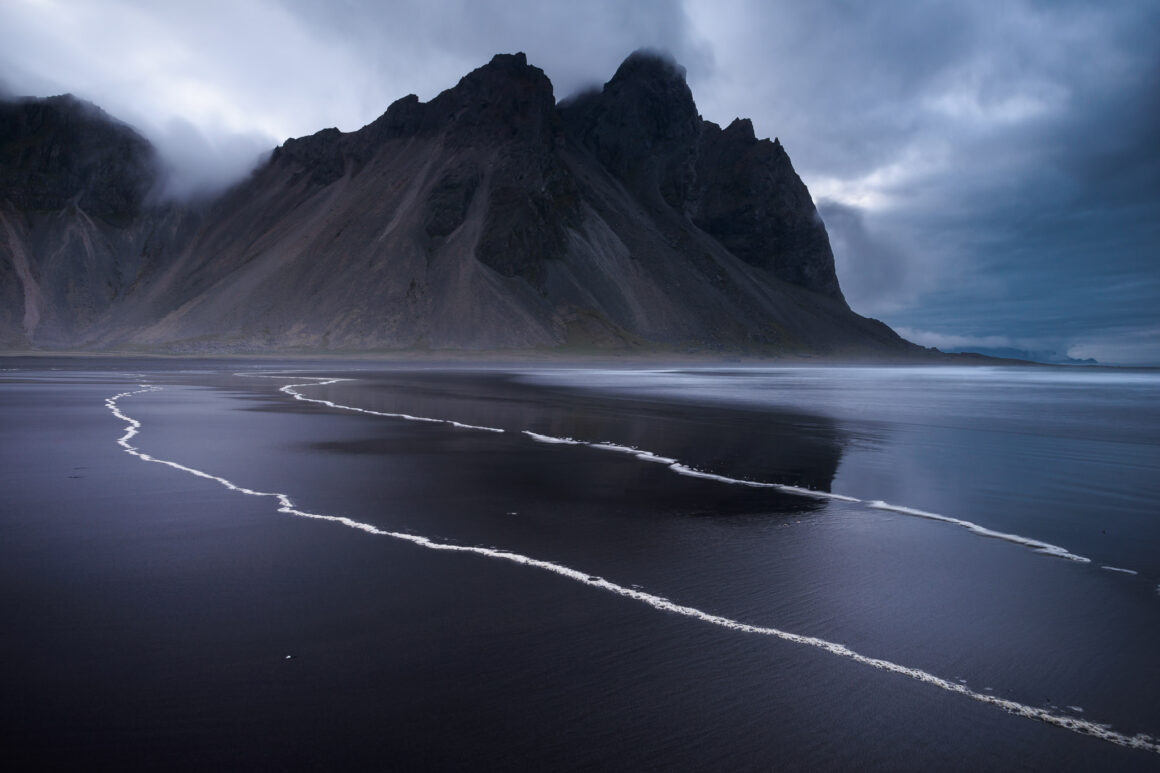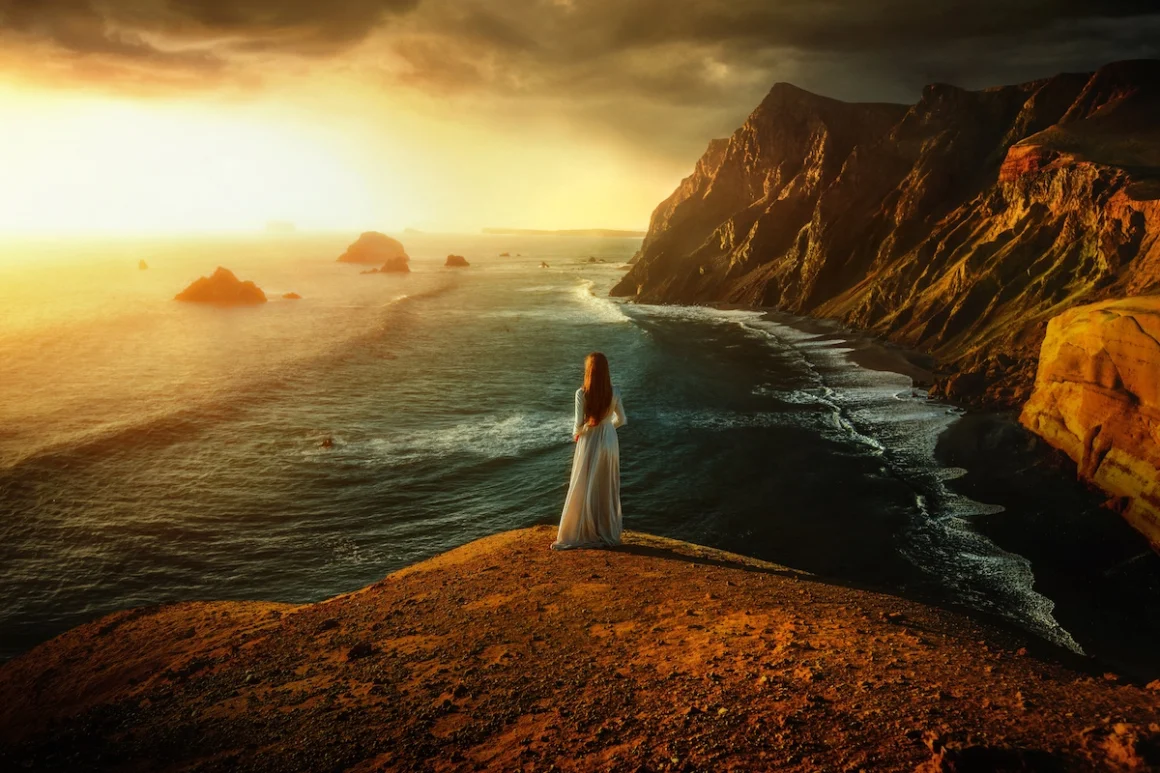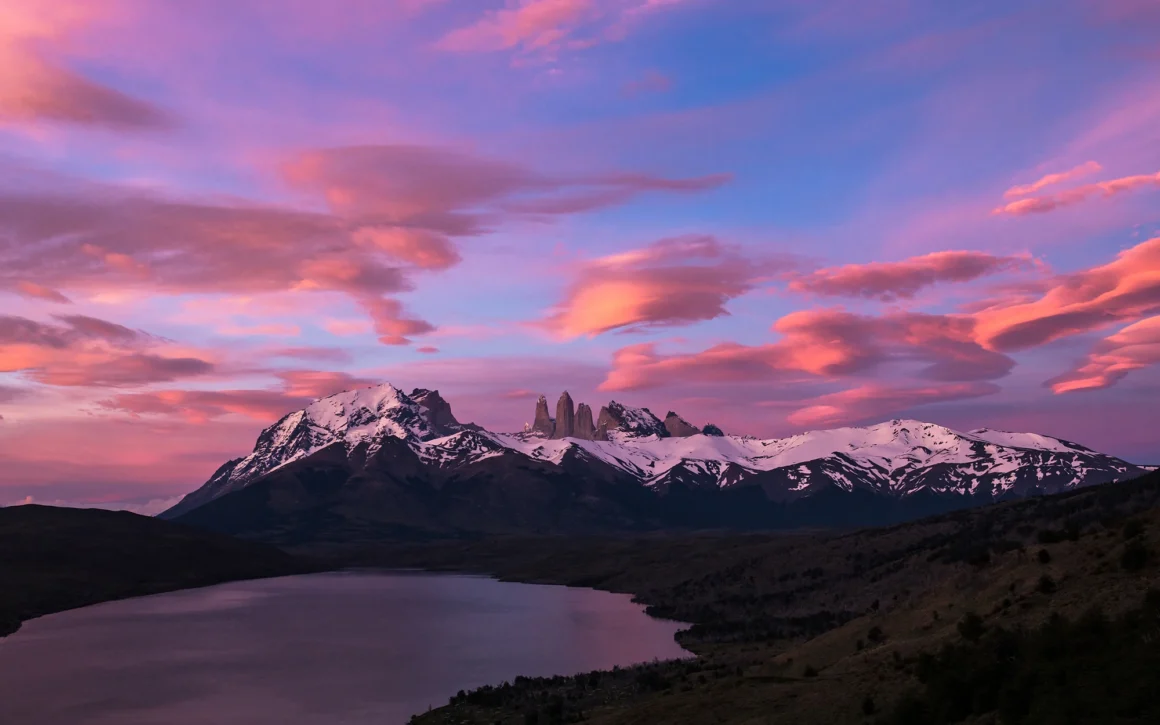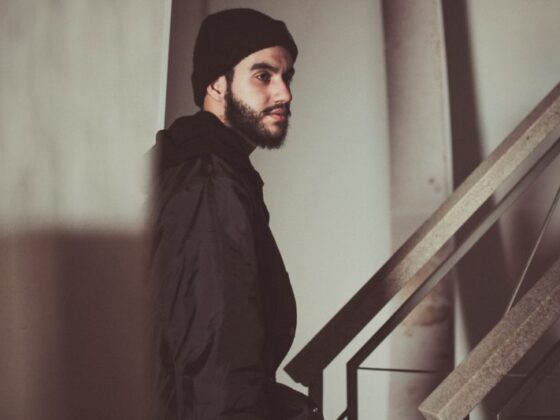Fine art landscape photography relates to emotions and imagination rather than the technical aspect of photography. It places on the content and story the photographer wants to present and relates to the emotions of the viewer. Rather than pure technique, the artist here will also require some extra design and proper curation.
As a beginner to find out landscape photography, there are some tips which can help you get started. In this article, we will be mentioning important points for the beginners to understand what fine art photography is and how to create good photos.
What Does Fine Art Photography Include?
The first question a beginner should understand is what fine art photography is so that they can apply it to their landscape photos. Photographers who want to create fine art images look beyond the thing they are capturing and also include conceptual thinking.
It directly involves the creativity of the photographer and allows them to engage with the feelings and ideas which an image is conveying. Showing the subjects captured will be specific to a particular genre and will allow the interpretations to be subjective rather than objective. Since here we are equating photography with fine art, a lot of planning and ground work goes into the perfect shot.
The relationship between the subject and the surrounding and other details playing to the message of the photographer is time to convey. There is also the possibility of the landscapes being a part of a photo series which belongs to a theme and sends the message.
Photo series works well because it carries forward an idea which each image separately represents. It can be easily equated to a painting the details of which are clearly laid down and the composition of which takes careful planning.
Some Tips To Follow
There are some specific tips that can be applied to the capturing of good shots which can be constituted as fine art. It is important to know how to go about the process especially with landscape and nature photography. The following tips are starting points for beginners who will then have to apply conceptual thinking into creating fine art photographs.
1. The Subject Should Be Clear
Whenever you are capturing a subject, focusing on it and defining it will help in transferring the message. The audience should immediately understand what the subject is and what they are supposed to represent. A well defined subject will capture the attention and will allow for better interpretation of your message.
It is better if the subject is in the four ground and stands in contrast to the plain or neutral background. It is best to always have a contrasting background with the subject. As a beginner choosing a light background with the dark subject and vice versa is the easiest way to create good story telling.
2. Adjusting Composition for Better Visuals

Changing the composition of an image can enhance how well the subject is perceived by the audience. Usually a simple or bland subject can divert the attention of the viewer and not allow them to explore more in a photograph. For a photographer, there are many small details that they would want a viewer to notice.
It is therefore important to adjust the composition to include all the details important to you for making the image interesting. If you think that the subject is blocking anything important make sure to adjust left or right.
Adjusting composition also plays a big role in fine art nature photography where the subject and the background complement each other. Landscapes can be enhanced by toying with composition which allows for better reception by the audience.
3. Choose Black and White
Black and white is a choice which allows for the viewer to explore the details and textures in an image. It foregrounds a subject from the background and allows the contrast to bring out the message more poignantly.
The patterns will come together and interact better to create a better visual. Even if you shoot in RAW with color, it is better to use a black and white filter so that you can bring out the depth of the concept along with textures.
4. Use Slow Shutter For Movement

Creating movement is great for storytelling especially in a photo series. It is important to master this art especially with color photography. Since one may want to convey a story, it is better done with drama and some movement. Slow shutter helps in creating energy with a subject. Motion blur can be achieved with shutter speeds at 1/15th of a second.
It will help create movement of the subject by foregrounding them or blurring them. It works well with a subject like an animal or bird or with a tree swinging its leaves and branches around. It gives another dimension to the photograph.
5. Include an Artist’s Statement
Include an artist’s statement with your photos series to better convey the message. It is a very useful technique for beginners who want their message to be loud and clear. It also allows the viewers to understand and interest the images better. An artist’s statement is brief but comprehensive.
It allows the viewers to know the title of the photo along with what the inspiration was for that particular piece and how one came to create it. One can even include some technical aspects of the editing process.

The Takeaway
Fine art landscape photography can be challenging for beginners if they do not know how to begin. It is a great opportunity to explore the artistic side of photography through conceptual thinking. Playing with the contrast, composition and subjects can create drama and emotion in the photo. It will also allow for the artist to explore their motivations and inspirations.
At first, they will have to understand what fine art photography demands from the artist and how they will convey a message. Then, they can continue with the technical aspect which supports their concept.



